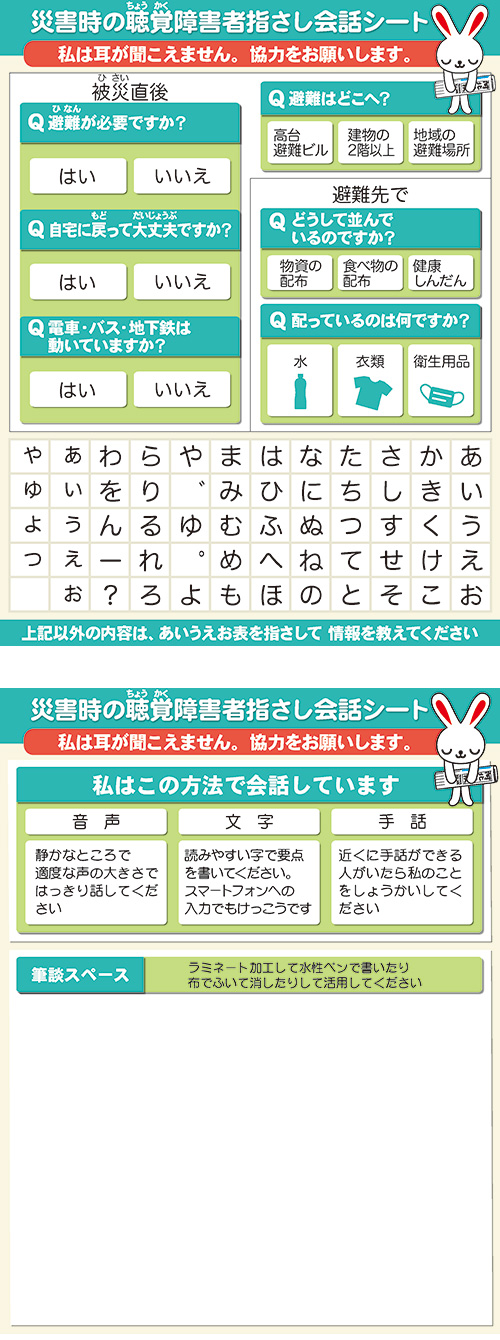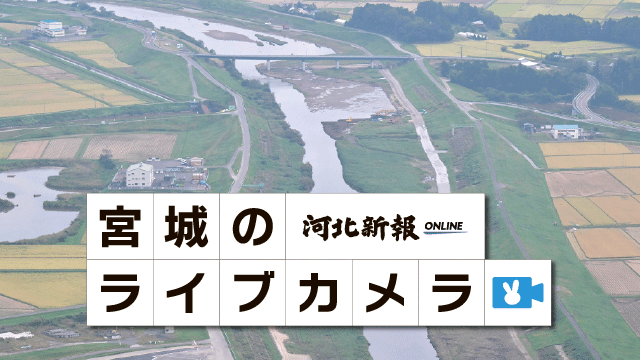Part 7: Assistance (2) Those Who Support the Vulnerable / Aiding Evacuation in the Face of Danger



Community members who rushed to aid those in need of assistance during the Great East Japan Earthquake also became victims of the tsunami.
“It’s dangerous here! We have to evacuate.”
Near Ekidori Street in front of the JR Rikuzentakata Station, Rikuzentakata City. 15 minutes after the main shock, sushi restaurant owner Kazuaki Abe (59) stopped by the home of a woman in her 90s, bedridden and living alone, and prompted her to evacuate.
“I’ll be fine because I’m strong.” “I haven’t changed and I don’t even have my socks on.”
She did not seem to understand the danger she was in. Abe continued persuading her to evacuate, along with a visiting nursing staff who rushed in after him. She still did not move.
“How long are you going to be doing that. Hurry up and load her in the car!” Somebody shouted. They carried the woman, still on her mattress, out of her first-floor bedroom. They then put her in the store delivery truck, and drove swiftly to higher ground.
Two weeks prior to the earthquake, Abe had been asked to help the woman evacuate in the event of a disaster. The request came from welfare commissioner Takeshi Takahashi (then 74), and chairman of the neighborhood association, Kaname Kinno (67).
Abe met Takahashi at the woman’s home on the day of the disaster. “You came here. Good, good,” Takahashi had said in relief. The welfare commissioner had 33 years of experience, and acted as a caregiver for his community. He left after confirming that there was enough assistance, saying that he would check on the next house.
Around that time, Takahashi was also seen at a house 150 meters away, where a bedridden man in his 80s lived.
Takahashi called out to the man’s wife (77) in front of their garage. “Is everything all right?” he asked, seeing the woman and her eldest daughter (38) struggling to carry the man out on their own.
He then worked with a neighbor to carry the man from the first-floor living room to the car, entering the house with his shoes on, and ignoring the broken glass scattered about the floor. Takahashi left for another place shortly afterwards.
“It’s more than three meters high. It might be even taller than five.” The predicted height of the tsunami increased every second. The Takata division of the city’s volunteer fire corps pressed the residents to evacuate while driving their fire engines.
At the Rikuzentakata post office, they encountered Masao Nakamura (then 61), head of the administrative district, and Kazuyoshi Sugawara (then 59), former neighborhood association officer.
“There’s a large wave coming. You have to hurry up and evacuate,” a fire corps member yelled. The two replied, “We’ll run after checking that house where a senior citizen lives alone!” “No, you have to run now!” They began arguing, neither willing to compromise.
Meanwhile, Sugawara’s son and fire corps member Kazuki (32) was directing evacuation on an intersection near the post office. The roads leading to higher ground were congested with traffic, and there were senior citizens who were evacuating on foot.
“We have observed the first wave of the tsunami at Kesennuma City,” the television broadcast on his cell phone announced, as a column of dust rose from the seaward side of Takata Hospital.
Kazuki ran as fast as he could, but he could not help stopping in his tracks when saw his father and Nakamura running from the direction of the station.
Loud, cracking noises rang through the air. His voice was drowned out by the sounds of houses collapsing. “I’ll go first!” Kazuki shouted, as his father fell further behind him. When he looked back, he saw the tsunami approaching right behind his father.
The muddy stream swallowed both father and son, but Kazuki miraculously survived.
There were 100 deaths just in the area around the station. Welfare commissioner Takahashi, neighborhood association chairman Kinno, administrative district head Nakamura, and Kazuyoshi Sugawara were among these victims.
◎Balancing work and safety / Careful consideration of rules for welfare commissioners
Those who supported evacuation of the vulnerable also became victims of the Great East Japan Earthquake. It is still unclear how they could balance their activities with their own safety, and the search for an answer continues in the workplace.
Among the volunteer fire corps, a movement to set independent evacuation rules is spreading. According to an investigation by the Kahoku Shimpo, 27 of the affected municipalities in Iwate and Miyagi Prefectures have considered independent rule-making, including those who adopted the rules before the disaster. 21 have already begun implementing the rules.
In Rikuzentakata City, there will be no directed evacuation within the flood zone, and evacuation is to be completed 10 minutes before the predicted tsunami arrival time.
The main branch of the city firefighting department explains, “It is easier to act during a disaster if there are numeric standards for evacuation procedures. We prioritize our men’s lives, in order to work further on disaster relief efforts.”
After the disaster, Watari Town, Miyagi Prefecture decided that evacuation procedures should be completed within 30 minutes of the predicted tsunami arrival time. During a town-wide evacuation drill on the 9th, volunteer fire corps members confirmed evacuation procedures for both residents and themselves, based on the new rules.
There have been policy changes among home care services, used by those who live alone or are bedridden.
“Kojukai,” a social welfare corporation in Rikuzentakata City, lost six of its employees. The casualties included staff members who went to check on their clients after the earthquake, as well as those who were at the visiting care office run by the corporation.
After the earthquake, they asked all clients and their families whether they needed safety confirmation during a disaster, and narrowed down the list of clients to check on. Designated staff will make a preliminary inspection of evacuation shelters, and carry around a map of evacuation routes in preparation of disasters that may strike during their visitations. The organization also adjusted the amount of support they ask from neighbors and the number of staff they send, according to individual needs of their clients.
On the other hand, welfare commissioners are still struggling to find a suitable disaster emergency plan.
Immediately after the main shock, Yukio Kinno (66) of Rikuzentakata City rode his bike to check on senior citizens who had been under his care and lived alone. As he confirmed their safety, he called for them to evacuate.
He had checked on a dozen of the 20 or so houses in the neighborhood, when he heard the fire corps volunteers yelling. He realized the tsunami was right before him, and rushed to higher ground. “It is a pity, but there is a limit to what I can do by myself,” he stated, biting his lips in frustration.
The Crisis and Environment Management Policy Institute (Headed by Professor Yoshiaki Kawata of Kansai University), a non-profit organization, took a survey of welfare commissioners from the Taro District, Miyako City, investigating their responses to the disaster.
According to their research, over 30% of welfare workers were in charge of two or more vulnerable persons who could not move without assistance. Answers to open-ended questions included, “There were more seniors who should have been evacuated,” and “If I had tried to persuade them, I would have died in the tsunami as well.”
In the first place, the responsibility of welfare commissioners is to hold consultations with people who need social welfare, and to serve as an intermediary between these residents and the administration. Their work does not center on a disaster action plan.
For this reason, municipalities are taking great care when establishing rules for the evacuation of local welfare commissioners. The Ishinomaki City Welfare Department Welfare Affairs Division explains, “There is a debate over whether they should also be responsible for evacuation support. Establishing concrete rules may create a sense of obligation for these workers to complete their job, which may only increase the number of casualties.”
Translated by M. Seki
June 19, 2013 (Wed.)
[Japanese] http://www.kahoku.co.jp/special/spe1114/20130619_01.html
 朝刊・夕刊
朝刊・夕刊 記事を探す
記事を探す FAQ
FAQ















